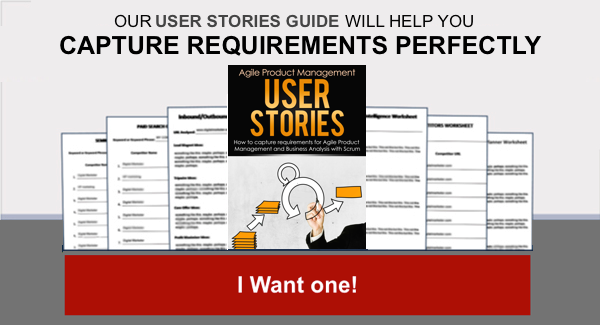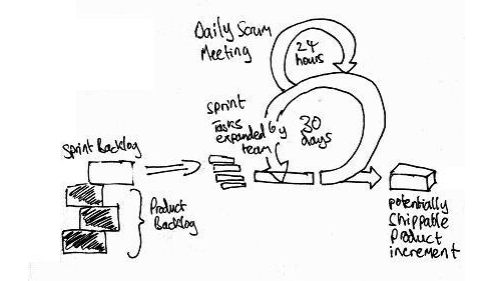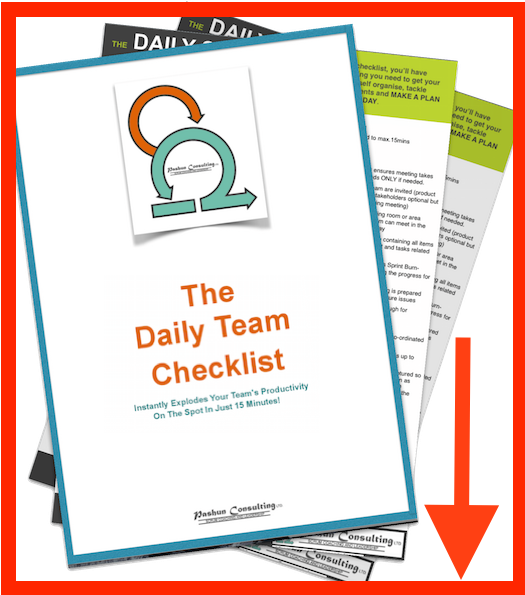We all want to be as productive as possible and create value in the world. Whatever you and your team are working on, this is true, right? Well since many people (including myself) are from a software engineering background, there is a tendency to forget that we can build anything (not just software) and help any team to be more productive (not just software teams) using the Scrum framework.
Scrum is nothing more than a simple framework used to plan and deliver even the most complex project. It can be used to build even the most complex product. However that product doesn’t have to be a software product. The same is true of agile in general.
Let me break the scrum process down in layman’s terms without terminology so we can see how it can be used to build anything.
(NOTE: Want to learn how to capture product requirements to create your perfect product feature list for your ideal user? Check out the User Stories Guide so you can capture the requirements your user REALLY wants and be certain your product will sell before you create it! Get your User Stories Guide now.)
Let’s think of the scrum process like this:
- Make a [prioritised list of all the items] you want in the [project/product/ultimate goal].
- Take the top priority items into a second list that [the team building it] can break it into tasks so you can work on it to complete in [a pre defined period less than 30 days].
- Work on that sub-list to complete all items in [a pre defined period less than 30 days].
- At the end of [a pre defined period less than 30 days], a piece of the [project/product/ultimate goal] should be complete ready for it’s audience to review.
- [the team building it] then discuss progress at the end of [that pre defined period less than 30 days] in a retrospective meeting so they can improve on things that need improvement or retain things that are going well.
The cycle then begins again and repeats until there is nothing more to add to the [prioritised list of all the items].
Of course there is more to scrum than this. I have not described the roles and meetings as well as the obstacles in detail. However, when we think of scrum this way, we can just replace the items in brackets with whatever is relevant to our organisation and get started! We can also see how it applies to any organisation.
So the question I have for you is, how else can you apply scrum and agile to YOUR life ? : )
I think scrum is fantastic, that’s why I teach it. It is a simple way to look at complex problems (and sometimes even simple ones) and solve them. If you agree, please share this post with anyone that you think can benefit from scrum and agile thinking and let them know about the free scrum ebook you have probably already downloaded. Click the Like button if you like this post.
(NOTE: Want to learn how to capture product requirements to create your perfect product feature list for your ideal user? Check out the User Stories Guide so you can capture the requirements your user REALLY wants and be certain your product will sell before you create it! Get your User Stories Guide now.)




One Response
Your post is not only informative but also incredibly motivating. Thanks for the push!